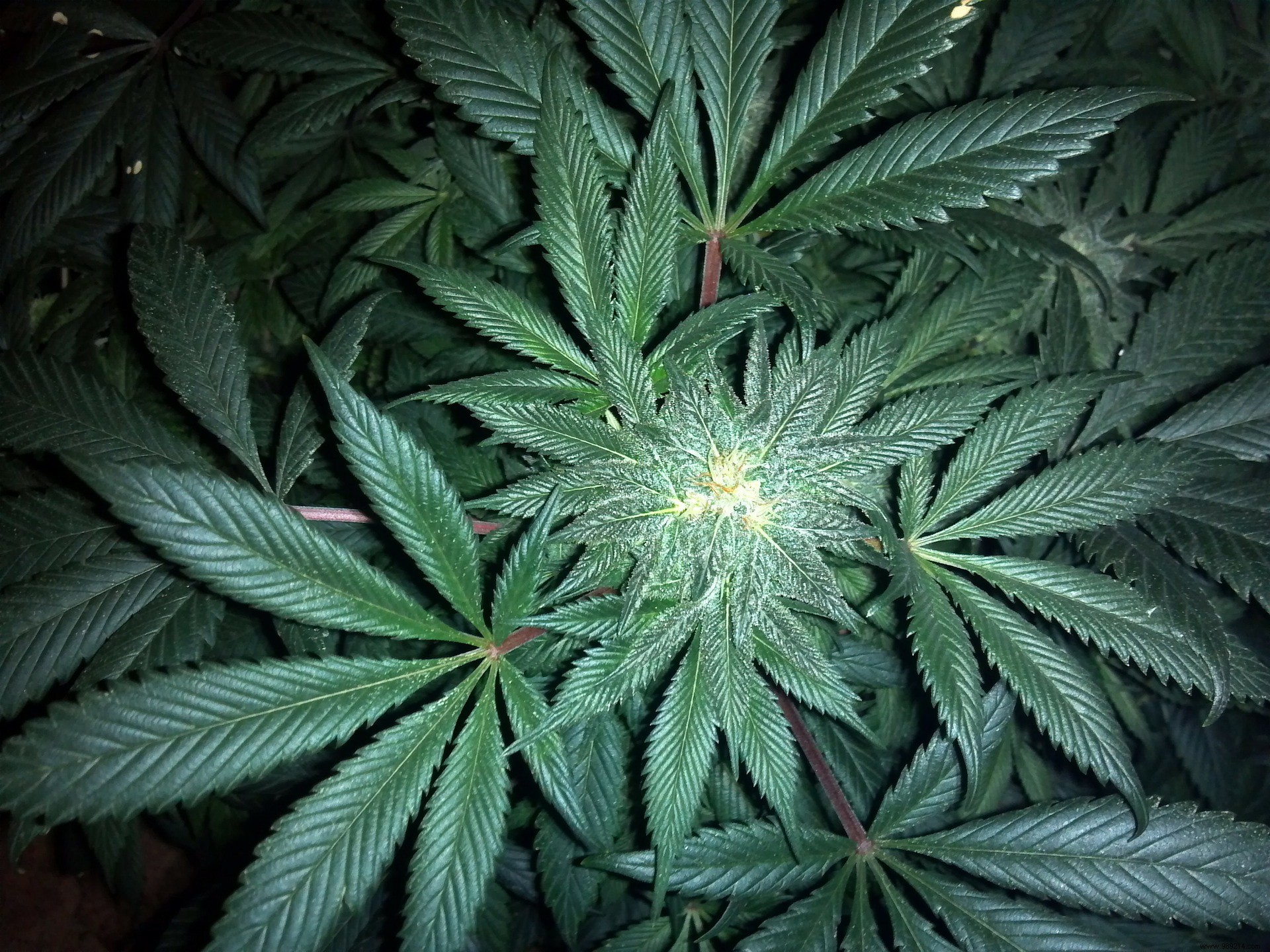A United Nations (UN) commission recently voted to remove medical cannabis from the list of the most dangerous narcotics. Players in the medical cannabis industry hope that this decision will make it possible to greatly advance research on the medicinal use of this plant.
Until recently, cannabis was still part of the fourth table of the Single Convention on Narcotic Drugs of 1961. This table contains the list of most common drugs. more dangerous . However, we also find substances such as heroin, whose dangerousness is no secret to anyone. As The New York Times explains in an article of December 2, 2020, a UN commission has just voted to withdraw cannabis and its derivatives of said table. Among the 53 Member States of this commission, two "camps" could be observed:on the one hand, the favorable countries with in particular the United States, and the European countries and on the other, unfavorable nations such as the Russia, China, Egypt, Nigeria or even Pakistan.
According to the experts behind this proposal, it will not necessarily have immediate effects leading to a relaxation of controls in the world. Indeed, this is a simple recommendation , so each government will remain free to pursue its own drug classification policy. However, it should be remembered that many countries generally follow the recommendations of the UN.

The New York Times notably gave the floor to Michael Krawitz, executive director of Veterans for Medical Cannabis Access. According to him, not accepting the UN recommendation comes to deny the right of citizens access to therapeutic substances capable of relieving pain. Players in the medical cannabis industry hope that this decision will boost research on this substance.
In October 2019, the French National Assembly adopted an amendment relating to experimentation with cannabis for medical use in the country for two years. This test phase was to start this year and end in 2022. These tests will aim to relieve 3,000 volunteers , patients suffering from the side effects of chemotherapy, neuropathic pain or certain forms of epilepsy. People in palliative care will also have the right to access the program. If successful, this practice could possibly be generalized.
During this experiment, the administration modalities will vary. Patients will indeed be able to obtain dried flowers for smoking, oil and/or possibly preparations for herbal teas. The dosage will also be based on the patients themselves and the two active ingredients of cannabis, namely tetrahydrocannabinol (THC) and cannabidiol (CBD). However, if the first generates more or less powerful psychoactive effects, the second rather leads to muscle relaxation.